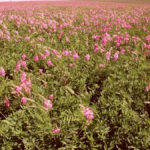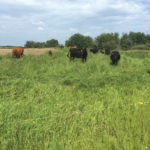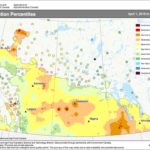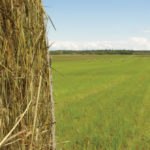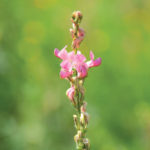Producers rely on grazing native, tame perennial pastures or stockpiled forages to typically feed their cattle. Annual diverse forage mixtures give producers an opportunity to provide high quality feed while also gaining additional benefits for the soil and ecosystem. Polycultures could even be integrated into a crop rotation or used as green manure (working it […] Read more




